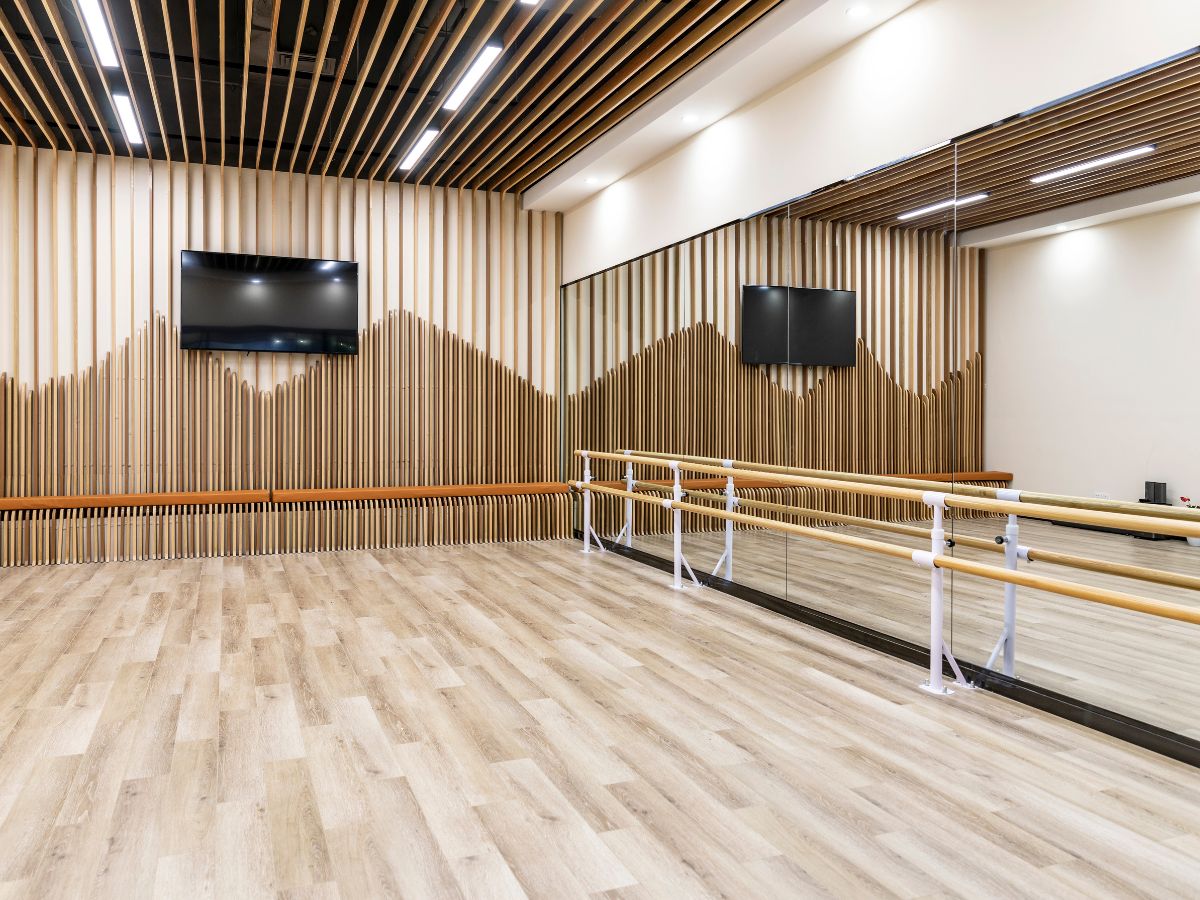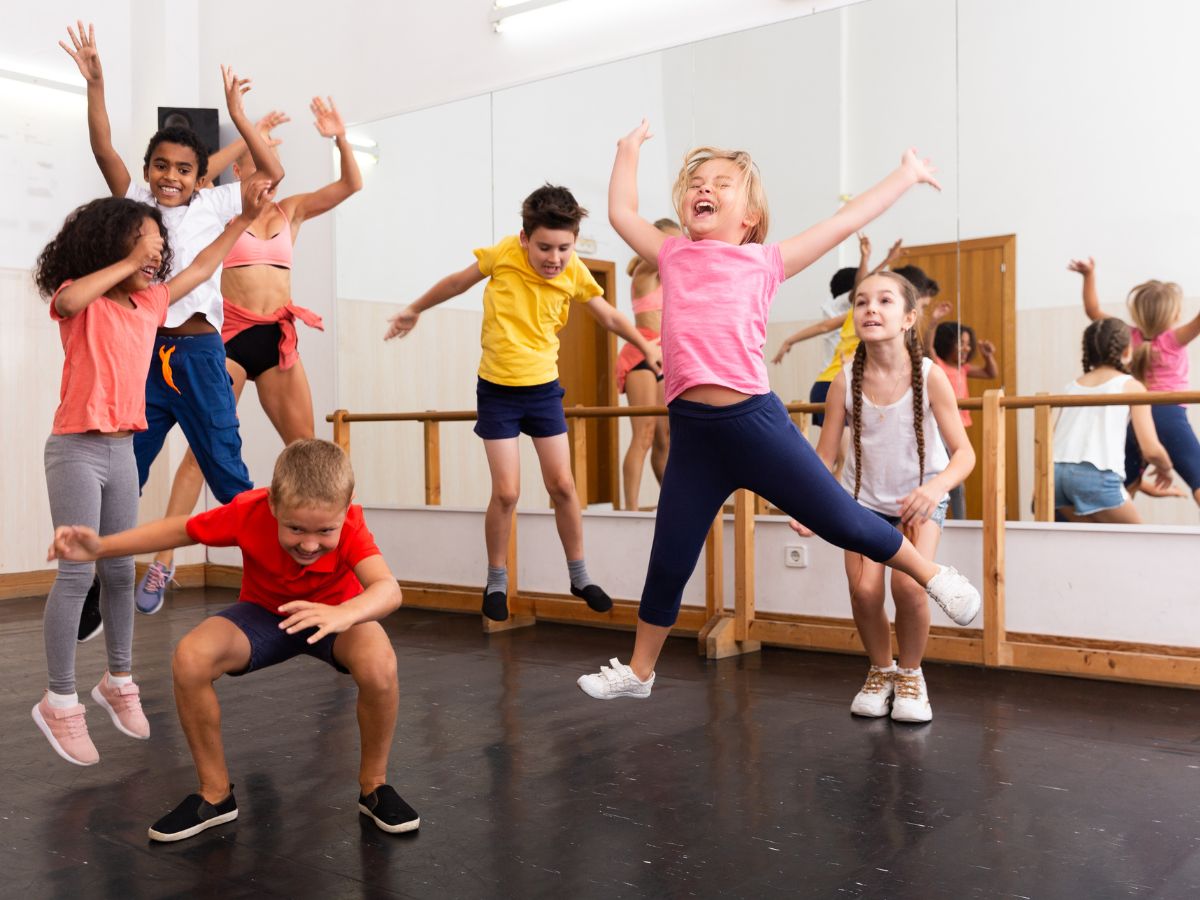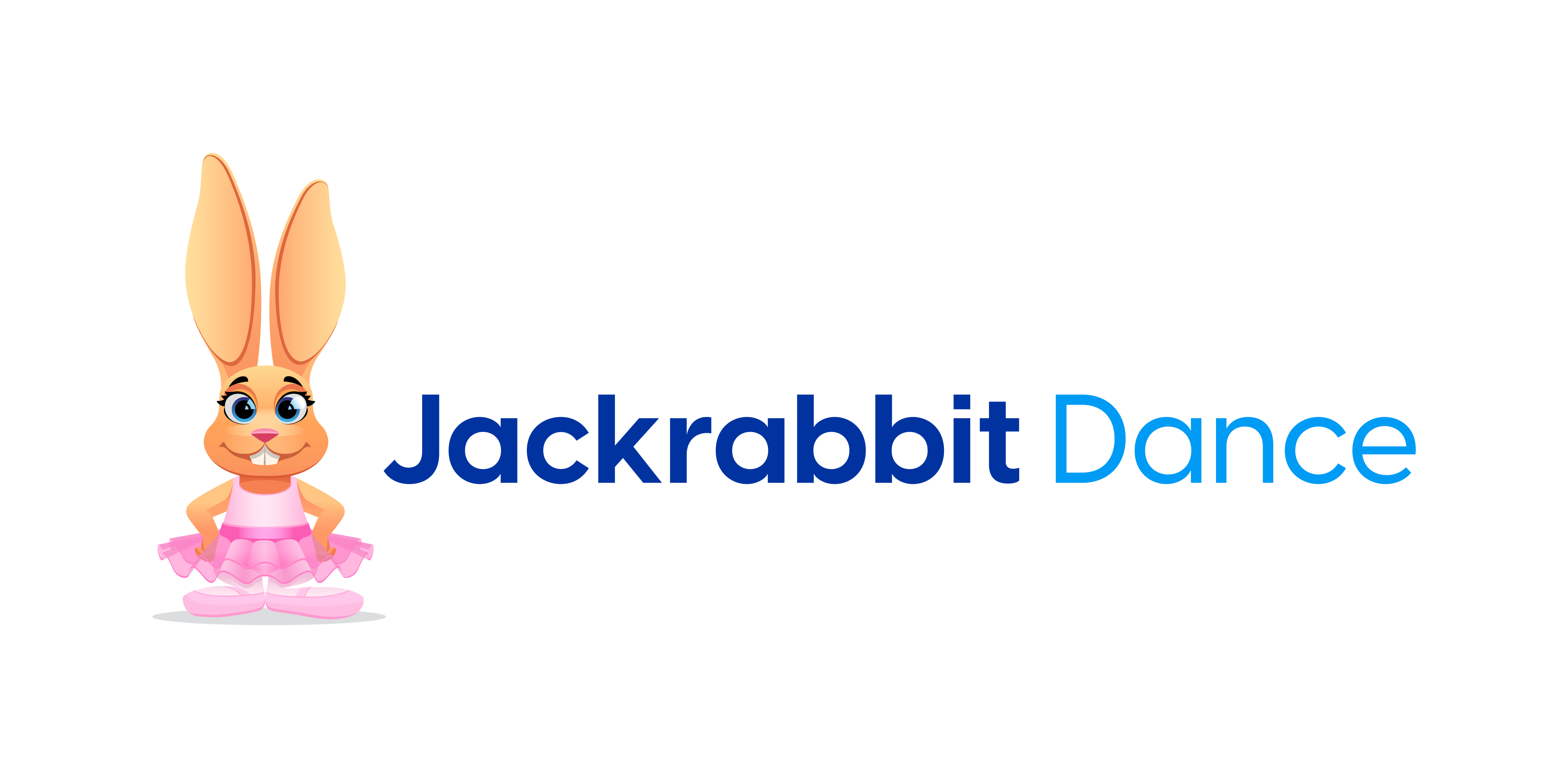Running a dance studio is more than teaching classes and producing recitals, it’s about building a space where students thrive, customers feel welcome and staff show up happy to teach every day.
A well-oiled communication strategy can lead to higher retention rates, satisfied parents, and a well-informed dance community. Here are five ways your dance studio can improve its communication strategies.
1. Make Sure Your Messaging is Clear
Clear communication reduces confusion and helps parents, students, and staff know exactly what you expect of them. A good framework to follow to ensure you’re being as clear as glass versus clear as mud is to: standardize your communication channels; use simple language; and be consistent in your communication schedule.
Standardize Your Communication Channels
Effective communication starts with standardizing the types of information you share on certain channels. Different communication channels play an important role in keeping customers and staff informed and engaged.
- Email is perfect for detailed communication, including studio newsletters, registration details, competition schedules, and recital information. By creating and distributing well-structured emails with clear details, you’re making it easier for customers and staff to pick out an important message in their inbox. If they know your emails aren’t going to be a waste of their time, you’re more likely to avoid the trash folder!
- Push notifications and SMS messages are great for short, concise messages. Timely reminders such as schedule changes, substitute teacher notifications, and registration openings can all be sent to customers using push notifications. Since parents are more likely to look at the screen that’s in the palm of their hand, push notifications are an ideal way to share information that needs to be communicated quickly.
Use Simple Language
You remember what Charlie Brown’s teacher said, right? Wrong! No one remembers because her lessons were a muffled mess. And that’s what you sound like when you use jargon and overly complex language in your communication to customers and staff.
(Not just you, it’s an expression. As Kris Jenner said: ‘You’re doing amazing, sweetie!’)
Clear, straightforward messaging is easier for everyone to understand, especially parents and staff whose attention is being drawn in multiple directions. Do them a favor and don’t make them overthink when reading any messages from your dance studio.
Be Consistent in Your Communication Schedule
This tip is a little more out of the box than the others but it’s an often overlooked point. Consistency is key when it comes to communicating effectively.
- If you send important studio updates every Monday, your customers will become accustomed to sitting down with that important email to make sure they have the latest details.
- If you consistently share skill progress reports with parents in their Parent Portal at the end of each month, they are more likely to be waiting on that progression update when the next month rolls around.
2. Make Your Messaging Effective
To have a real impact on students, parents, and staff at your dance studio, communication should be engaging and have a purpose. Just like you wouldn’t throw a random riffle in a time step, the messaging you’re sharing must be relevant to make an impact. It doesn’t need extra fluff.
Messaging can seem more relevant to your dance studio community when you:
- Use personalization such as a student or parent’s name, or personalizing messaging with details specific to a class or performance group.
- Lead with essential information at the beginning of the message. Some readers are skimmers so don’t gatekeep the good stuff!
- Include visuals, images, or videos to capture attention and break up lengthy text.
3. Have a Parent Communication Playbook
‘Let me tell you something, Toula. The man is the head, but the woman is the neck. And she can turn the head in any way she wants.’ – Maria Portokalos, My Big Fat Greek Wedding
Parents get a bad rap but they are key stakeholders in the studio’s success. Much like Maria’s analogy, you don’t want them turning their dancer’s head to look at another studio just because your communication is poor, confusing, or lacking entirely.
Creating a parent communication playbook that includes regular updates, reminders and establishes an open-door policy can enhance their experience and trust in your dance studio.
Play 1: Set a Regular Communication Cadence
Creating a consistent communication schedule helps build a foundation of trust. It shows parents that you are invested in keeping them up to date with information at the studio. Whether you send weekly or monthly newsletters that include class updates, upcoming events, or reminders – regular communication breeds trust and keeps parents engaged with their child’s progress at your dance studio.
Play 2: Utilize Automated Reminders
Communication is important but you can’t spend all your time doing it. Use tools that help you set up automated reminders for things like upcoming tuition payments, recital, costume, and competition fees, or registration deadlines. The automation helps save you time and ensures that important details aren’t missed.
Play 3: Establish an Open-Door Policy
Make it easy for parents to contact you or your staff with questions. An open-door communication policy, including a dedicated email or phone line, makes parents feel valued and involved.
4. Train Your Staff on Best Practices for Communicating With Customers and Students
Some staff members can be the face of your dance studio, so it’s essential that you spend time training your staff on best practices for communicating effectively with parents, students, and even each other.
Carve out some time in your weekly, monthly, or quarterly staff meetings to offer guidance on responding to parent inquiries, handling student concerns, and resolving conflicts in the studio. While you’re at it, use roleplaying scenarios to help teachers practice giving feedback to students so that it comes across well-received when it’s done in the studio.
5. Have a Crisis Communication Plan
Whether your studio is facing a weather emergency, injury, or unexpected closure, the best way to communicate effectively and efficiently is when you’re following a plan.
A crisis communication plan doesn’t have to be an extensive binder with laminated pages full of lengthy words. Rather the best-developed crisis communication plans are simply an outline of steps your studio needs to take for notifying students, parents, and staff of an unexpected situation. It’s much less intimidating when put that way, right?
When thinking about communicating effectively in times of crisis, it’s best to determine a key communication platform for different crises. For example, you could use push notifications or SMS texts for urgent updates and social media for real-time updates.
Another layer to messaging channels to establish in your plan is who initiates the communication. Do you use a tool that allows you to message customers en masse, or does your studio have a phone tree? Make sure this is included in your crisis plan. Even if it’s common knowledge to everyone, it could be easily forgotten during a stressful situation.
Review and update your crisis plan annually to ensure it remains relevant and an effective tool.
Want to learn more?
Ready to optimize how your dance studio is communicating with customers and staff? Explore how Jackrabbit can support your studio by starting your free trial today.





